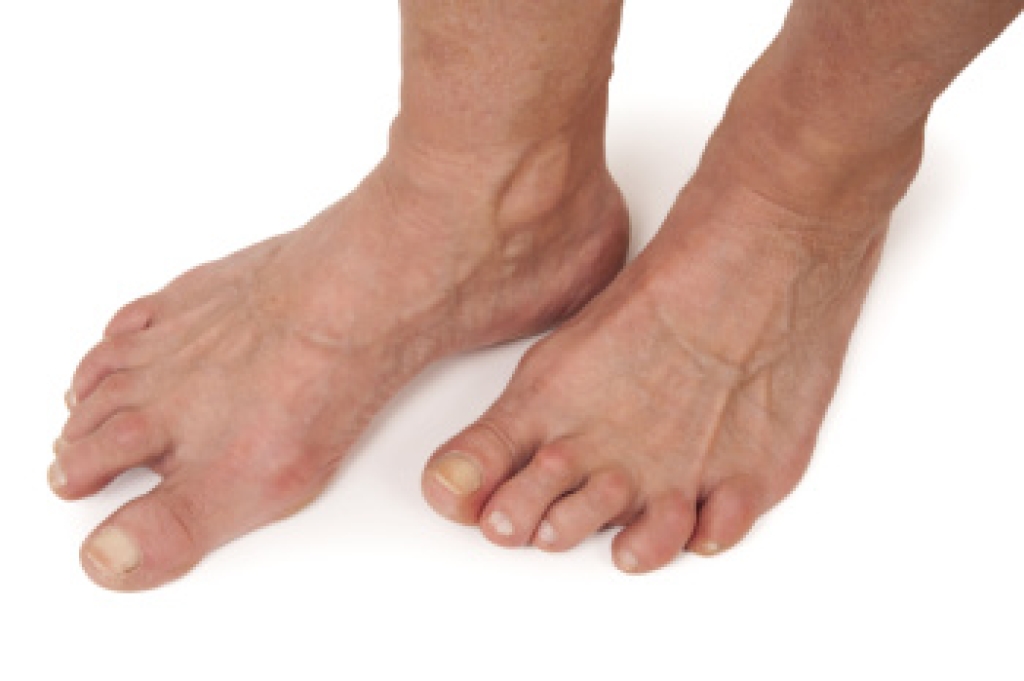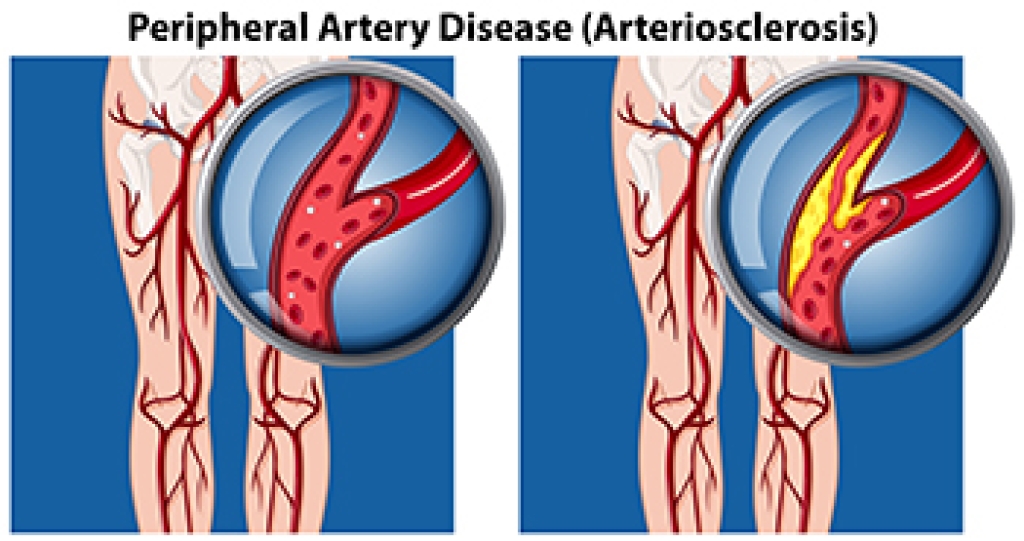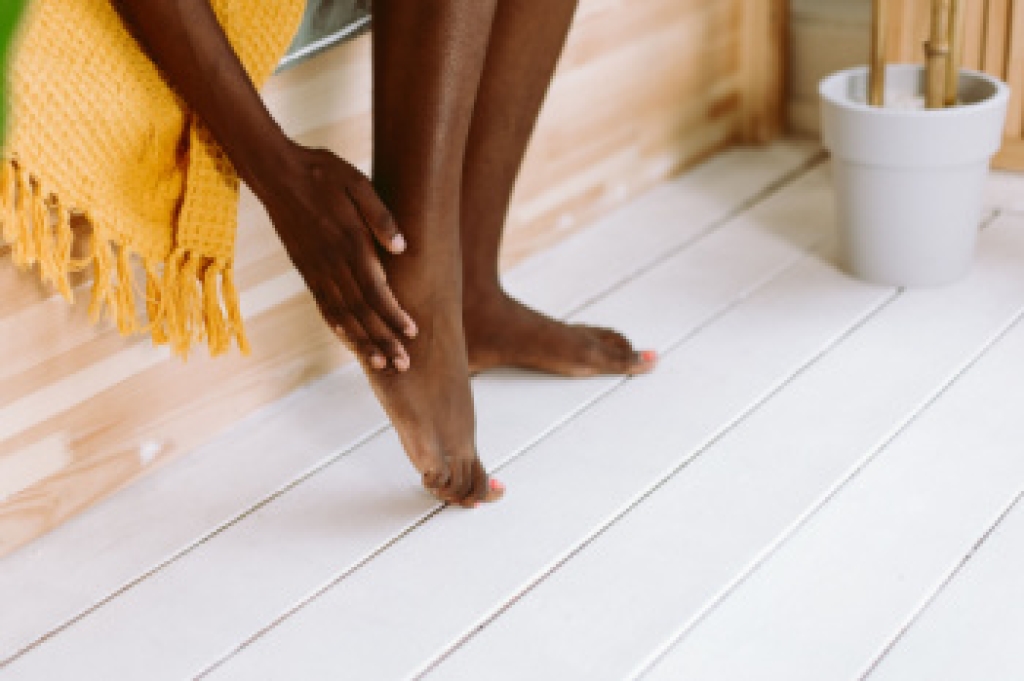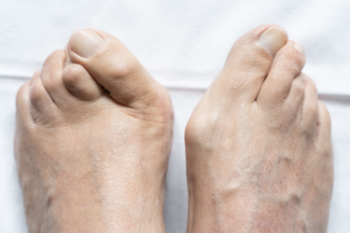
Rheumatoid arthritis in the feet can lead to a range of symptoms that affect daily movement and comfort. This autoimmune condition often targets the metatarsophalangeal, or MTP, joint, along with joints in the toes, resulting in pain, stiffness, and swelling. Over time, such joint damage can alter foot structure, causing the arches to collapse and leading to flat feet. The shifting alignment of the toes may also contribute to the development of bunions and hammertoes. As pressure points change, thickened skin such as calluses may form on the soles or sides of the feet. These symptoms can make walking painful and reduce stability. Early recognition of these signs is essential for managing rheumatoid arthritis. If you are experiencing any of the above symptoms, it is suggested that you are under the care of a podiatrist who can help you to manage this serious and painful condition.
Because RA affects more than just your joints, including the joints in your feet and ankles, it is important to seek early diagnosis from your podiatrist if you feel like the pain in your feet might be caused by RA. For more information, contact one of our podiatrists of Barry University Foot and Ankle Institute. Our doctors will assist you with all of your podiatric concerns.
What Is Rheumatoid Arthritis?
Rheumatoid Arthritis (RA) is an autoimmune disorder in which the body’s own immune system attacks the membranes surrounding the joints. Inflammation of the lining and eventually the destruction of the joint’s cartilage and bone occur, causing severe pain and immobility.
Rheumatoid Arthritis of the Feet
Although RA usually attacks multiple bones and joints throughout the entire body, almost 90 percent of cases result in pain in the foot or ankle area.
Symptoms
- Swelling and pain in the feet
- Stiffness in the feet
- Pain on the ball or sole of feet
- Joint shift and deformation
Diagnosis
Quick diagnosis of RA in the feet is important so that the podiatrist can treat the area effectively. Your doctor will ask you about your medical history, occupation, and lifestyle to determine the origin of the condition. Rheumatoid Factor tests help to determine if someone is affected by the disease.
If you have any questions please feel free to contact our offices located in Miami, North Miami Beach, Miami Beach, and Tamarac, FL . We offer the newest diagnostic and treatment technologies for all your foot and ankle needs.




